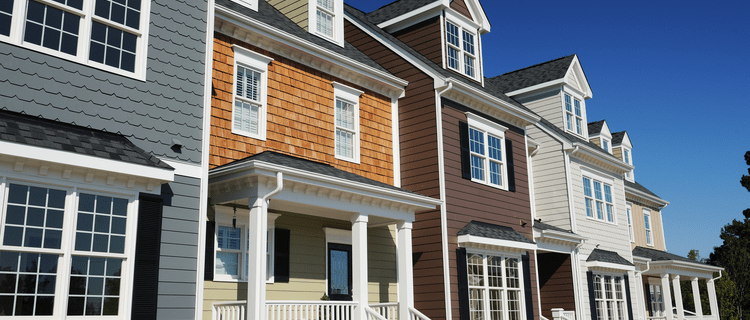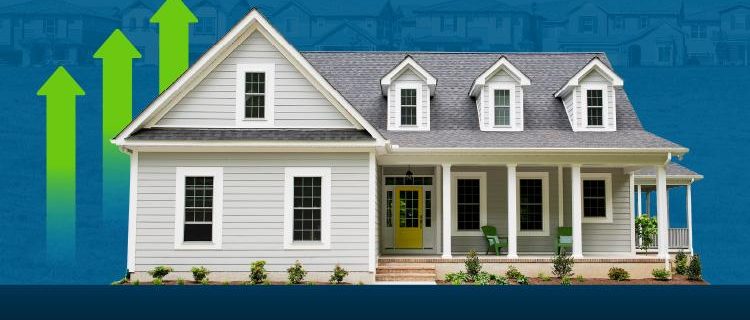The Truth About Newly Built Homes and Today’s Market
Headlines are talking about the inventory of new homes and how we’re back at the levels not seen since 2009. And maybe you’re reading that and thinking: oh no, here we go again. That’s because you remember the housing crash of the late 2000s and you’re worried we’re repeating the same mistakes. But before you …
Read more “The Truth About Newly Built Homes and Today’s Market”





